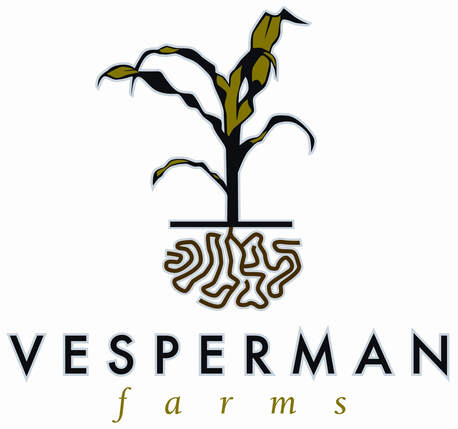|
When Louis Vesperman purchased a 160-acre farm outside of Lancaster, Wisconsin, in 1900, he probably didn't know that more than 100 years later, the farm would still be in the Vesperman family. And he almost certainly couldn't have predicted that today, five Vesperman generations later in the hands of his great-great grandson Kyle, that same farm would become a fall fun destination for thousands of people every year. To Louis, this land was good land, farming was a good way to provide for his family, and, as so many people say when buying a farmstead, the house wasn't bad either. On this very day—February 26—in 1900, the history of Vesperman Farms began when Louis purchased the farm for $62.50/acre, a price that is shocking by today's standards. Today, in their 118th year of farming and 15th year of fall season, the Vesperman family has a lot to celebrate, and we're doing so with a series called "15 Years on the Farm." Over the next months, we will share a lot of stories from the farm, but we need to begin with the most important: the beginning of the farm itself and the history that brought Vesperman Farms to its present day. The beginning of the farm was one that was pretty typical of the day. “Back then, you just lived off the farm. You had one or two cows to feed the family, some chickens, a big orchard behind the house, and a small crop operation,” said Kyle, Louis’ great-great grandson and the current operator of Vesperman Farms. It was during the first 20 years that Louis established his farmstead and built the original red barn, a two-story traditional post and beam barn that first housed the family’s mules, horses, and milking cow and later took in the family’s pigs and kept hay and straw dry in the second-story loft. This red barn stood on the property for decades until 2012 when straight-line winds all but flattened the structure. Today, the barn still stands on the property, but in a different form: many of the beams, posts, boards, and even the original stone is built into the design of the new red barn, which was built in 2015 to accommodate the crowds during fall season and serve as the event venue. It was also in the 1920s that Louis’ son Earl began to become much more involved with the farming. In that decade the farm was passed down to Earl, who farmed the property for about 20 more years until his only son Donald became a third-generation owner when he returned from serving as a dental assistant in World War II. Over the years, “well, they grew pretty much everything,” said Kyle. From harvesting crops like soybeans, corn, wheat, and peas to raising a variety of livestock, including beef cattle, chickens—even sheep!—the Vespermans were never shy about undertaking new projects and trying new things, a family legacy that to this day drives the energy and life on the farm. In fact, in the 15 years since Kyle has operated the farm, it has grown from a small family pumpkin stand to a thriving agro-tourism and events business, growth that has a lot to do with the family’s enduring experimental and can-do attitude. It was after the war that Donald and his wife Margaret also began a family, eventually having seven children in the height of the Baby Boomer generation. It was his middle son, Bruce, who became the fourth-generation owner and operator of the Vesperman farm in the 1970s. In the early days, Bruce and his wife Judy raised hogs and beef cattle and farmed about 500 acres of cropland, but in the late 1980s, they paid close attention to a growing farm-to-table and local farming trend and began to diversify. They started a large garden and began to sell produce directly to the customer in the front yard of Donald and Margaret’s home on the Lancaster main street. “Truck farming, we call it,” says Kyle. Over the years, they sold more than produce: they raised chickens and sold eggs; planted a strawberry patch and sold pre-picked berries; sold sweet corn; and, probably most importantly, Kyle (then a high school student) started a pumpkin patch and began selling pumpkins in his grandparent’s front yard. “It was a hit,” he says. “It was a fun creative outlet for me and my family really enjoyed it, especially my grandpa and grandma—they loved selling pumpkins.” Kyle credits his parents’ decision to “truck farm” as the beginning of the road that eventually led the farm into the agro-tourism business. Through their direct sales, he began to see how people could experience farm life without actually living on a farm, something that was growing in popularity throughout the state. Kyle paid close attention as agro-tourism began to grow while he finished school and continued his small pumpkin business. In 1995, Bruce got out of farming full-time, selling the animals and minimizing his crop business, and it was a few years later that Kyle became the fifth generation Vesperman to run the family farm. His vision for the place, however, was entirely different from any of his ancestors. He took his pumpkin business back to the farm in 2002, offering his customers the opportunity to spend a few hours on the farm, take a hay wagon ride, and pick their own pumpkins. And in 2003, the first official fall season opened with its very own corn maze, leading the Vesperman family down a new path and establishing a new history for the farm. The family has come a long way since those early days, and Margaret, who is now 98, often comes and visits during fall season, watching all the families interact with and enjoy the farm her family started all those years ago. This is the first story of our 15 Year Features to celebrate 15 years of Vesperman Farms' fall season. If you'd like to read more, click on the "15 Year Features" category!
3 Comments
Dorothy Vesperman
2/26/2018 11:12:30 pm
Great writing of the history of the farm!! Loved the pictures!!! Grandpa loved selling the pumpkins in town, and talking with the customers! 😊
Reply
Leave a Reply. |
Vesperman FarmsFun on the farm...in blog form! Archives
August 2021
Categories
All
|
|


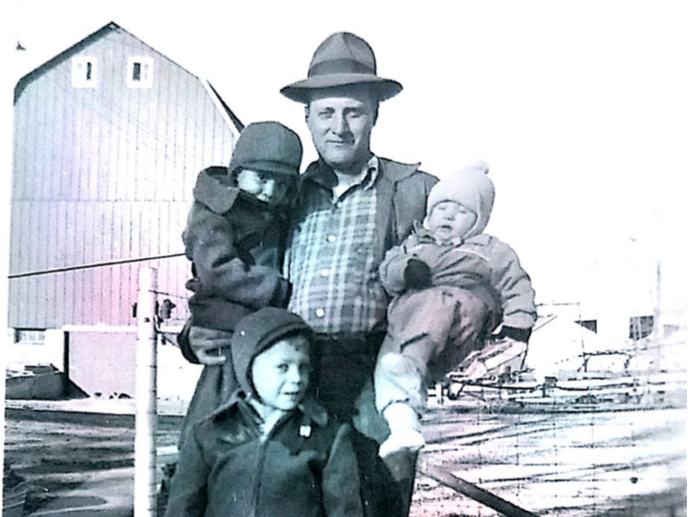

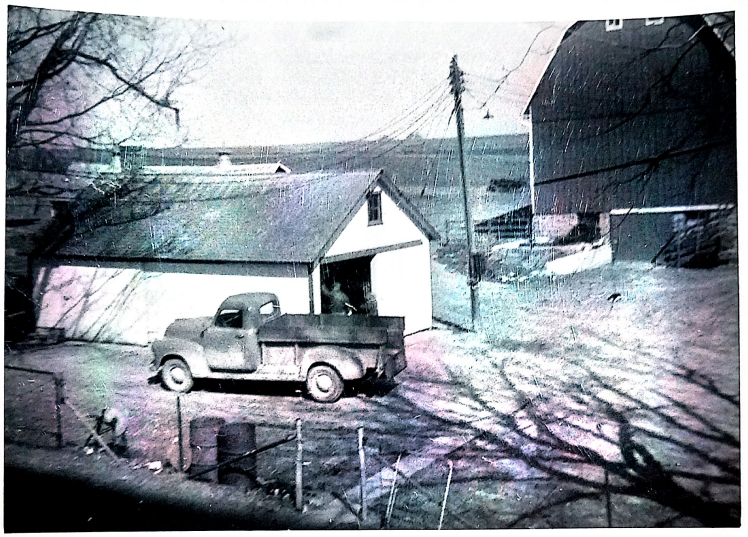


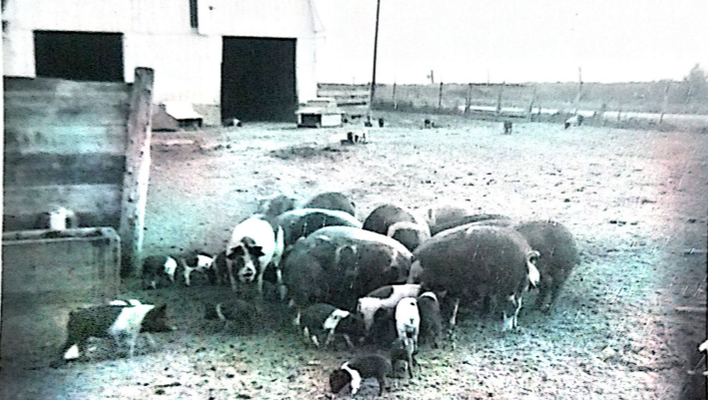
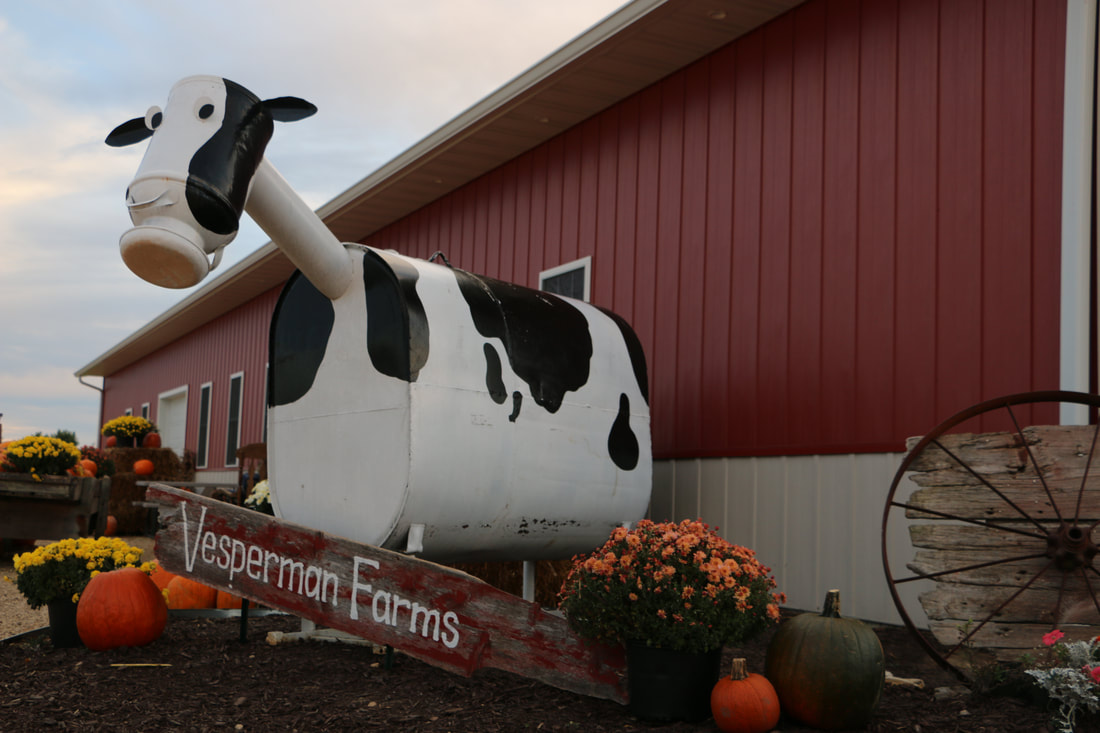
 RSS Feed
RSS Feed
